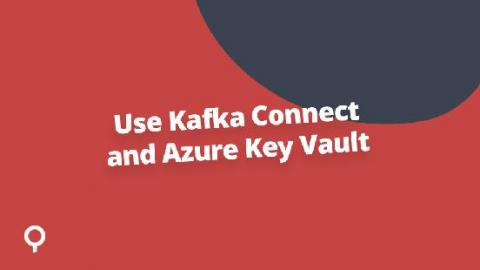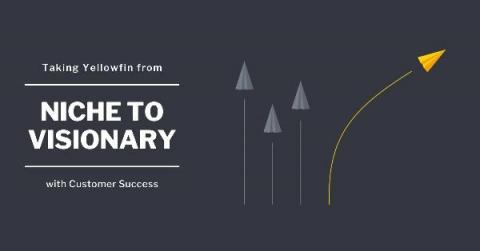Secure your Kafka Connect connections with Azure Key Vault
Kafka Connect is a great framework for moving data in and out of Kafka. But doing so requires connections with some of your most important data crown jewels. Customer information held in MongoDB, audits in a S3 bucket, payroll information in an Oracle database. Connecting to these data stores requires authentication.








